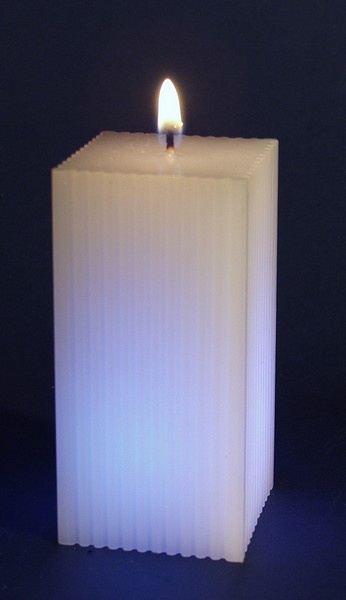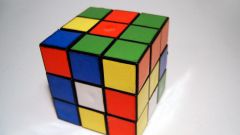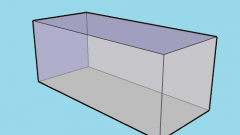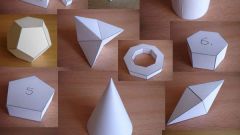You will need
- Ruler, protractor, scientific calculator
Instruction
1
In the General case, the base of a parallelepiped is a parallelogram. To find its area, using a ruler, make the measurement of the lengths of its sides and a protractor to measure the angle between them. The square base of a parallelepiped is equal to the product of these sides by the sine of the angle between them S=a • b • Sin(α).
2
To determine the area of the base of the box the other way, measure one side of the base, then lower to her height from the vertex, which lies opposite this side. Measure the length of this height. To obtain the area of the base find the area of a parallelogram by multiplying the length of a side on high, which is omitted S=a • h.
3
To obtain the values of area another way to measure the lengths of its diagonals (the distance between opposite vertices), and the angle between the diagonals. The area will be equal to half the product of the diagonals by the sine of the angle between them S=0,5•d1•d2•Sin(β).
4
For a parallelepiped, which lies at the base of the diamond, it is sufficient to measure the lengths of its diagonals and to find half their work S=0,5 • d1 • d2.
5
In the case where the base cuboid is a rectangle, measure the length and width of this geometric figure, and then multiply these values S=a • b. This will be the area of its base. In the case when the base is square, measure one of its sides and lift in the second degree S=a2.
6
If you know the volume of the box, measure its height. To do this, drop a perpendicular from any vertex of the upper base onto the plane, which belongs to the lower base. Measure the length of this segment, which is the height of the box. If the parallelepiped line (its lateral edges perpendicular to the basem), it is enough to measure the length of one of these edges, which equals the height of the box. To obtain area of base, volume of a parallelepiped divide by its height S=V/h.





